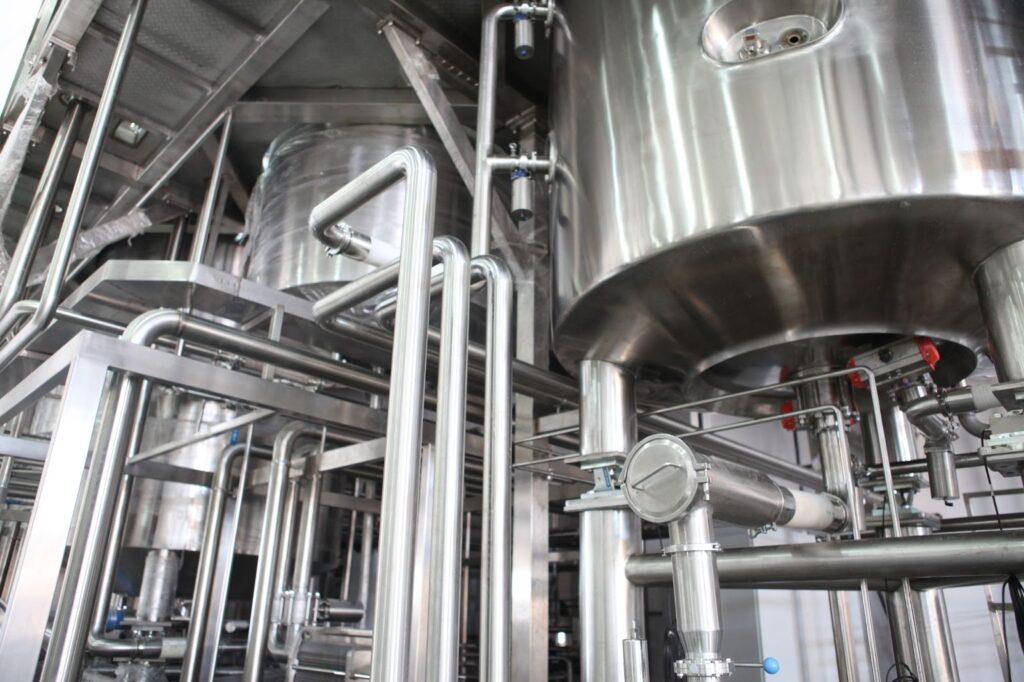The Complete Guide for Containment Booms

With the news displaying images of huge expansive oil spills spread over tens of kilometres of open ocean, an oil spill clean-up can seem like an impossible task.
Maybe you’ve experienced a similar problem at work that caused all sorts of headaches and paperwork.
Despite this, there are solutions. What’s more, these solutions can be cost-effective and have disastrous situations cleaned up fast.
In this complete guide, we will be discussing everything there is to know about containment booms for oil spills.
What Are Containment Booms & How Do They Work?
Oil containment booms have several vital uses but essentially prevent the spread of oil and make the cleanup process significantly easier.
With masses of oil leaked into the ocean, on the first appearance, dealing with a spill can appear like a lost cause.
Containment booms, however, can trap this oil in a concentrated area. This makes it unable to spread further and easier to remove.
Different Types of Oil Containment Booms
A containment boom is defined as a barrier to prevent the spread of pollution and environmental damage after an oil spill.
Typically booms are used for water-related spills but there are also several land-based boom types.
Below are the common types of containment booms, what they are and what they’re used for.
Land Socks
A land sock is a type of containment boom used to control spills on land essentially creating a barrier and containment area.
The sock can be placed either surrounding the spill, depending on the run of the land, or downstream from the site so that oil can flow down and be caught by the sock as it flows naturally.
Floating Booms
This is a boom that floats on the water’s surface surrounding an oil spill. Oil always sits on top of the water as it is less dense.
Floating booms also go a little further than simply forming barriers. Most also have a few different elements to contain spills more effectively.
For example, a floating boom may have:
- A freeboard that helps contain the water and prevent waves from splashing the oil outside of the contained area
- A floatation section.
- A skirt/trap that sits underneath the water to contain any oil that does sink below the waterline.
- Some floating booms will also use a structure to support them. Depending on the spill site, sea conditions (swell) can make it extremely difficult to contain.
Air Booms
An air boom is very similar to a floating boom. An inflatable containment device sits on the surface of the water and contains oil.
However, this type is inflatable and therefore, much easier to store and use temporarily.
Air booms usually have the same elements as floating booms and essentially achieve the same thing.
The downside, however, is they’re the most expensive boom type available.
Uses of Containment Booms For Oil Spills
Containment
The largest and most useful aspect of a containment boom is to contain oil although the scale on which a spill needs to be contained will differ situationally.
Diversion
Diversion is another major but lesser-known use for a containment boom.
Booms aren’t simply used to contain and clean up oil, in many cases, they are used to move a spill to a different area.
There can be many different reasons why this needs to be done.
For example, if a spill occurs in an area with rough seas and large swells, a boom can be used to transfer contained oil to a safer, more protected area, where it can be cleaned up with less complexity.
Advantages of Spill Containment Booms
Temporary
One huge advantage of a containment boom, most notably air booms, is the structure can be temporarily assembled.
When a spill occurs, there doesn’t need to be any unnecessary impact on the environment as long as you can use professional tools to remove the substance to avoid permanent damage once the cleanup operation is complete.
Affordability
Most containment boom products are very affordable and depending on your situation are a cost-effective solution to what could be a large problem.
Environment
Here at Ecospill, we believe the biggest advantage of using a containment boom is reducing the impact spills can have on the environment.
Chemical and oil spills should always be taken seriously. The damage they cause to habitats is devastating, no matter the scale.
A containment boom not only prevents the unnecessary spreading of oil but can also do it in a way that doesn’t further affect the environment.
If you are concerned about the risks related to spills and need some advice, please reach out to us today.
A Solution That Works
Lastly, booms are advantageous because they work.
When you have a large issue such as an oil spill on your hands, the right type of boom certainly gets the job done.
Choosing the correct boom and implementing it correctly is an extremely reliable solution to any oil spill situation.
For any help regarding spills or containment boom advice, please don’t hesitate to reach out to us.
